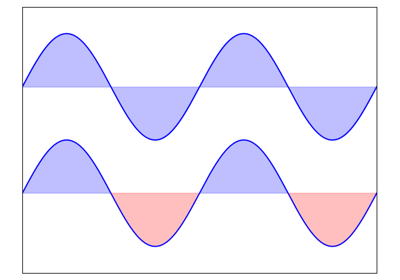

Get list of variables in MAT-file, with sizes and typesĭetails = whos(matObj) returns information about all variables in the MAT-file associated with matObj.ĭetails = whos(matObj,VarName1.,VarNameN) returns information about the specified variables. The MAT-file object allows you to access and change variables directly in a MAT-file, without having to load the variables into memory. Varlist = who(matObj,variables) lists the specified variables. Optionally, returns the list in cell array varlist. There is thus not much difference to pure matlab:painters eps export.

png export This script suffers from the eps font bug as well.

This is done by exporting to eps and following conversion to the other formats by using Ghostscript. Specify the file name as a character vector or. Varlist = who(matObj) lists alphabetically all variables in the MAT-file associated with matObj. savefig This is a matlab script which intends to provide cropped and clean pictures. saveas( fig, filename ) saves the figure or Simulink block diagram specified by fig to file filename. For very large variables, this load operation results in Out of Memory This syntax loads the entire contents of the variable into memory. Note: Do not call size with the syntax size(matObj.variable). SelectedDim = size(matObj,variable,dim) returns the size of the specified dimension. = size(matObj,variable) returns the sizes of each dimension in separate output variables dim1.,dimN. The output allDims is a 1-by- m vector, where m = ndims(variable).
#SAVEFIG MATLAB 2012 LICENSE#
See the License for information about copying.Get array dimensions of variable in MAT-fileĪllDims = size(matObj,variable) returns the size of each dimension of the specified variable in the file corresponding to matObj. In the end, it is hard to justify a model more complex than a line in this case.Ĭopyright (C) 2013 by John Kitchin. Out of them matlabfrag and laprint split the matlab figure into graphic stream as.eps and text stream as '.tex'. That is an example of the deficiency in our model. Besides savefig.m there are popular tools at mathworks central that can export matlab figure such as exportfig,matlabfrag and laprint. That is why the fit still looks ok, but is not as good as letting the intercept be a fitting parameter. Since the molar density of a gas is pretty small, the intercept may be close to, but not equal to zero. Specifically, we expect the intercept to be 273*R*n/V.
#SAVEFIG MATLAB 2012 CODE#
It reuses many code and ideas of the other matlab projects. fig file and the time required to create the file. The 'compact' option reduces the size of the. In the end I show the results of my own approach currently named ‘latexfigure’. savefig(H,filename,'compact') saves the specified figures in a FIG-file that can be opened only in MATLAB R2014b or later releases. These are exportfig, savefig, plot2svg and matlabfrag. a is a structure array whose field names are the object property names and whose field values are the values of the corresponding properties. a get(0,'Factory') returns the factory-defined values of all user-settable properties. For the ideal gas law in degC: \(PV = nR(T+273)\) or \(P = nR/V*T + 273*nR/V\), so the intercept is expected to be non-zero in this case. In the following I demonstrate these problems and also show the results of macros providing better results. If you do not specify an output argument, MATLAB displays the information on the screen. This may indicate a deficiency in the model with no intercept. You can see a slight trend of decreasing value of the residuals as the Temperature increases. Amount of padding around the figure when bboxinches is 'tight'. If 'tight', try to figure out the tight bbox of the figure. Plt.savefig( 'images/model-selection-no-incpt-resid.png') Only the given portion of the figure is saved. The fit is visually still pretty good, and the R^2 value is only slightly worse. Plt.savefig( 'images/model-selection-no-intercept.png') print( 'Roots = ]'.format(beta - ci, beta + ci) # we can get the roots directly here, which correspond to minima and import the pyplot from the matplotlib library. import numpy module for efficiently executing numerical operations. Following are the codes and line by line explanation for performing the filtering in a few steps: Import Libraries.

# get the first derivative evaluated at all the points d1s = sp.derivative() Complete Script: Output Figure: Code Description.


 0 kommentar(er)
0 kommentar(er)
